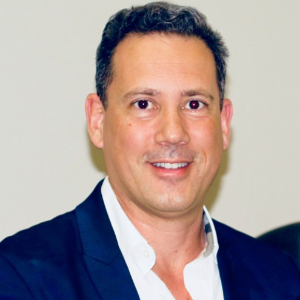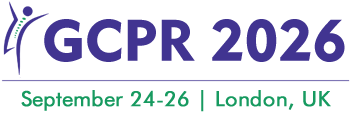Clinical Rehabilitation Techniques
Clinical rehabilitation techniques encompass a variety of methods aimed at restoring functional abilities and alleviating discomfort in patients recovering from injuries, surgeries, or chronic conditions. Techniques like range of motion exercises, manual therapy, and hydrotherapy work together to improve flexibility, strength, and pain management. In certain cases, modalities such as electrical stimulation and ultrasound therapy are applied to support tissue healing and reduce muscle spasms. These techniques are typically personalized based on the patient's unique needs and recovery goals, whether for regaining mobility after surgery or improving quality of life with a chronic condition. With advancements in wearable technology and remote monitoring, patients now have continuous access to support and progress tracking, enhancing adherence to rehabilitation programs and overall recovery outcomes.

Jay Spector
American Academy of Podiatric Sports Medicine (AAPSM), United States
Marcia J Scherer
Institute for Matching Person and Technology, United States
Marcos Brioschi
American Academy of Thermology, United States
Blair Gorenberg
Shirley Ryan Abilitylab, United States
Roberta Sartori
IRCCS Materno-Infanitle Burlo Garofolo, Italy
Cho Li Yin
Taichung Veterans General Hospital - VGHTC, Taiwan




Title : Best practice guidelines for the use of pharmacological neuromodulation in disorders of diminished motivation: A comprehensive approach
Vaidya Balasubramaniam, Illawarra and Shoalhaven Local Health District Hospitals, Australia
Title : A forgotten component of knee osteoarthritis
Ron Blehm, EEI Physio LLC, United States
Title : Functional outcomes of DSSA-Based pelvic rehabilitation combined with manual therapy and electrostimulation in men after oncologic surgery: A retrospective case series
Eren Uyar, Fizyomen Physiotherapy & Rehabilitation Center, Turkey
Title : We are living and working in the age of individualization
Marcia J Scherer, Institute for Matching Person and Technology, United States
Title : Efficacy of Inspiratory Muscle Training (IMT) in post-weaning ICU recovery: A clinical randomized controlled trial
Warda Khan, Chongqing Medical University, Pakistan
Title :
Subramanya Adiga, Middlemore Hospital, New Zealand